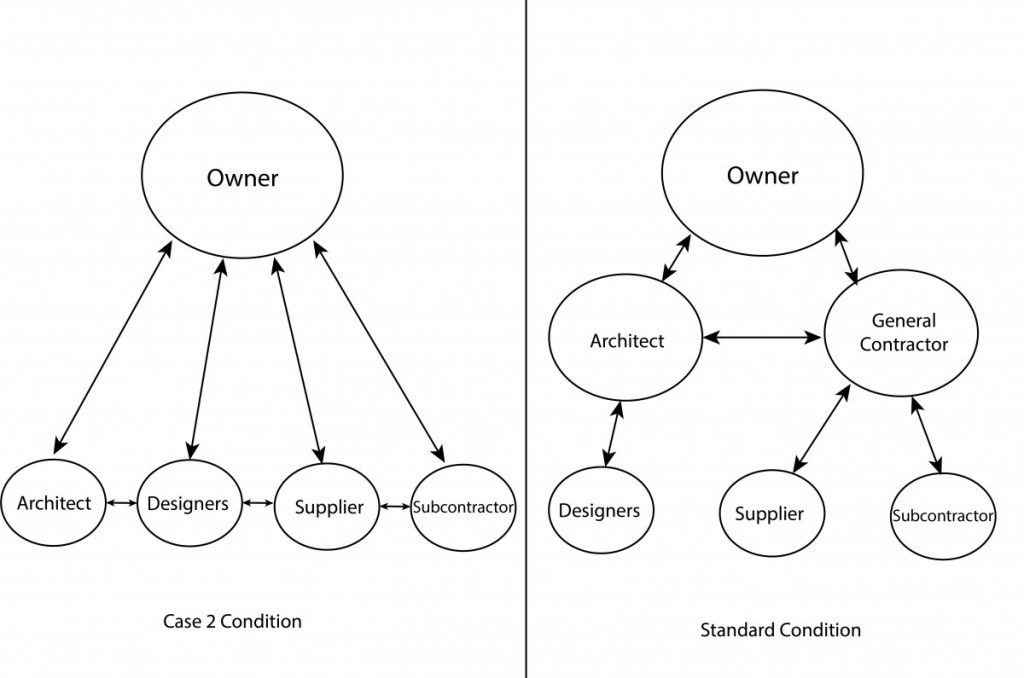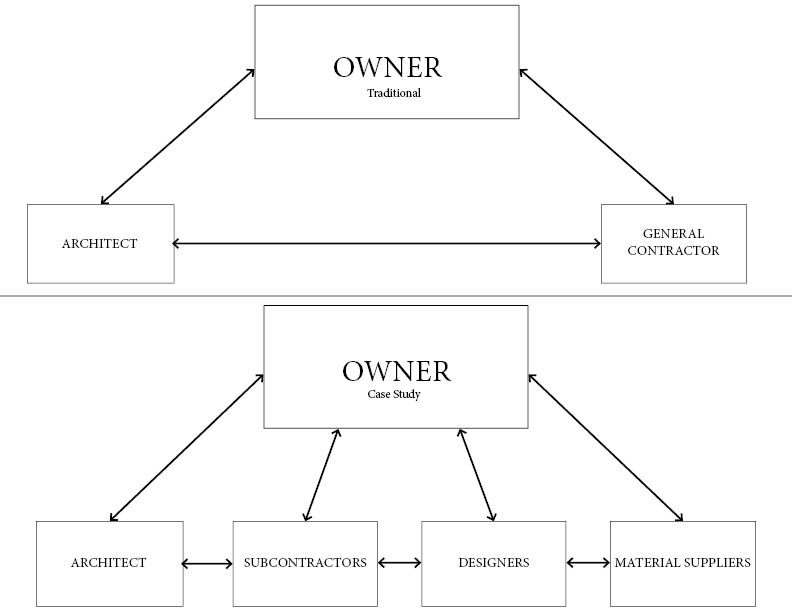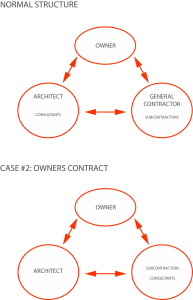An ambitious and inexperienced project manager (PM) was given the opportunity to overlook the construction of a new building for a repeat industrial client. The budget given by the client was $50 million dollars, but the lowest bid came at $51 million dollars. Therefore, the PM was informed by the hired architects to do whatever possible to bring the cost down to $50 million and clear the deficit of million dollars. PM being young, ambitious and inexperienced accepted the opportunity in hope of gaining a reputation in the industry. However, he didn’t care about his relationship with his clients in this process and ended up being the target of the client’s frustration and blame. Even though he managed to finish the project under the given budget; he lost his main project engineer in 1st year of construction and struggled to find needed consultants to support him. The architects kept their distance with him from the beginning and only met him with once in a month.
To continue, PM worked 24/7 sacrificing is health and family time just to assure the completion of the project in the given budget. However, I believe to save a million dollars, poor construction materials and applications were used. The project was completed but it must have faced multiple technical issues throughout the process. Due to the lack of experience, PM was not efficient and organized compared to experienced PM would have been. Multiple city violations and subcontractor’s difficulties must have occurred, contributing to the damaged relationship with the clients. In the end, PM delivered what he was supposed to but the lack of experience, quality of work, distance with architects, and lack of experience really contributed to him taking all the blame for everything.
If I was in the position of the PM, I would have made sure to keep my contact with the architects often as possible because once a month contact is not acceptable. I would have informed about the money deficit to the client from the beginning so they would decide if they wanted to continue the project with a minimum bid budget. Before starting the project, I will assemble a team of consultants and subcontractors to discuss the plans and schedule clearly and continuing holding these meetings throughout the construction. I would ask for help or advice from other known experienced project managers to get more insight into what I’m getting into from the beginning.
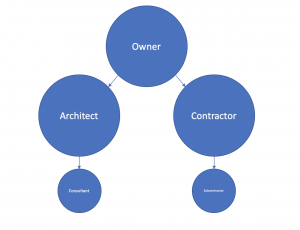
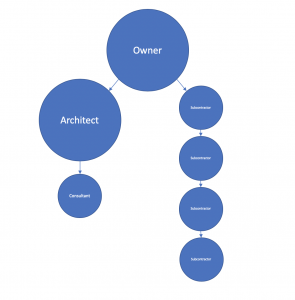 Case Study #2
Case Study #2
